Hello everyone! Recently, many friends have been asking me about applying for U.S. visas. As an experienced "visa expert," I'm very familiar with the process. As a travel blogger who frequently travels internationally, I've applied for various visas more than ten times and encountered numerous pitfalls. The other day, while helping my friend with her U.S. visa application and seeing her overwhelmed by all the information, I decided to write a super detailed guide to share my years of experience with everyone.
To be honest, the U.S. visa is a topic that brings both excitement and anxiety. The exciting part is that America is truly attractive, whether it's the bustle of New York, the grandeur of Yosemite, or the extravagance of Las Vegas. The anxious part is that the application process is quite complex, and success isn't guaranteed. But don't worry, with me as your "experienced driver," you'll avoid many detours.
First, we need to clarify the most basic concepts. Many people think that getting a visa means they can enter the U.S., which is a big misconception. A visa is like an "admission ticket" that gives you the right to queue at U.S. customs. Whether you can actually set foot on U.S. soil depends on the customs officer's mood and judgment.
Let me give you a down-to-earth example: a visa is like buying a concert ticket. The ticket allows you to enter the venue, but whether you can sit in the front row depends on the on-site arrangements. Similarly, even if you have a ticket, if you're drunk and causing trouble at the entrance, security might not let you in, right? So don't think getting a visa means everything is settled; it's just the first step to success.
Another crucial point: visa validity and duration of stay are two completely different concepts. For example, if you get a ten-year visa, it doesn't mean you can stay in the U.S. for ten years. After each entry, customs will give you a temporary stay limit, usually six months. Overstaying can lead to serious trouble.
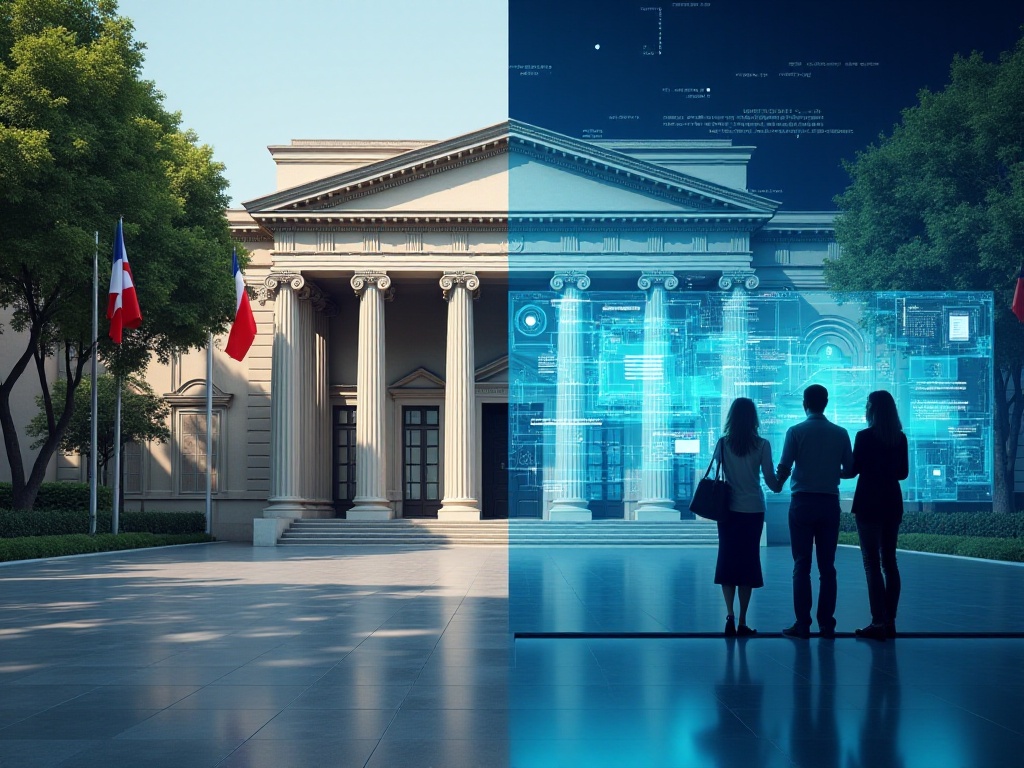
When it comes to U.S. visa types, there are many varieties, and the combination of visa letters alone can be dizzying. However, today we're mainly discussing the most common B1/B2 visa. B1 is a business visa, B2 is a tourist visa, and generally, most people apply for the combined B1/B2 visa.
When do you use B1? For instance, if you're attending business meetings, negotiating contracts, attending exhibitions, conducting market research, or participating in short-term training, these all fall under B1's scope. I have a friend in foreign trade who frequently uses a B1 visa to attend various exhibitions in the U.S. and check market conditions.
As for B2, it's the purely recreational visa we're most familiar with. Tourism, visiting friends and family, medical treatment, and even participating in amateur competitions can all use B2 visas. During my last trip to the U.S., I met a Chinese runner using a B2 visa to participate in the New York Marathon, and we had a great chat.
Interestingly, many people don't know that B1/B2 has so many hidden "capabilities." For example, you can attend a free cooking class or participate in an amateur music performance. However, one point needs special attention: you absolutely cannot work for money - this is strictly forbidden. Even temporarily helping at a friend's store is not allowed.
I've seen some people use B1/B2 visas to go to the U.S. when they actually intend to study or find work. This behavior is very dangerous and easily detected, with serious consequences. So I advise everyone to use the appropriate visa for their purpose and never try to find loopholes.
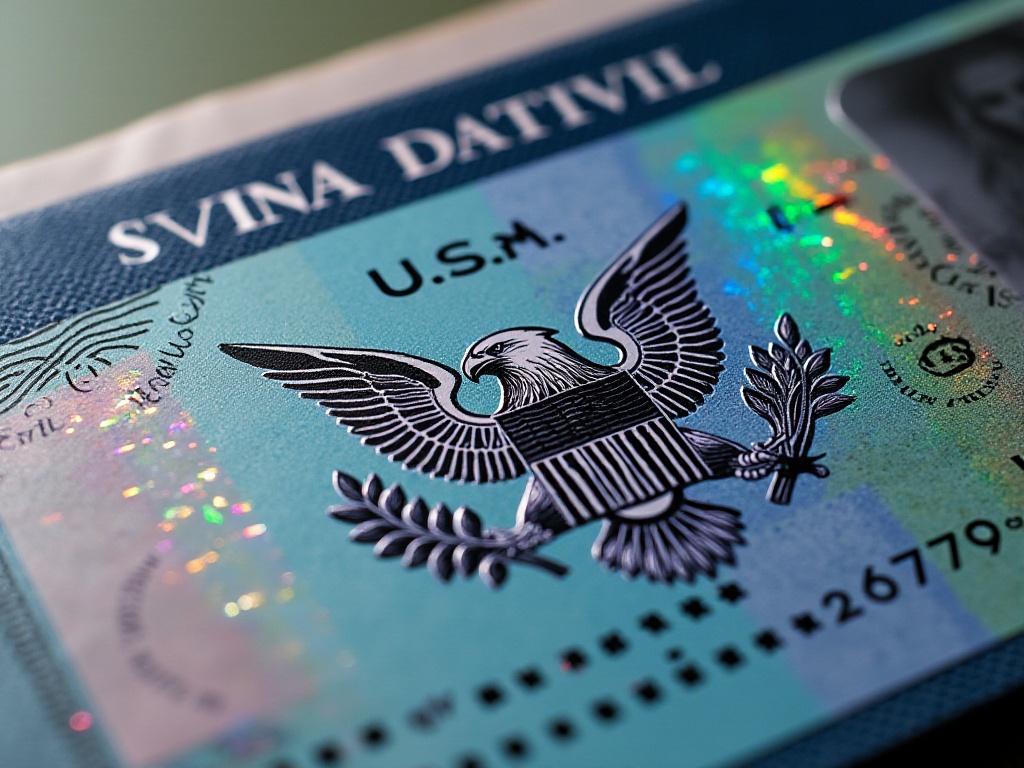
The application process can be quite troublesome. Just preparing the materials is enough to give you a headache, not to mention the waiting time that can stretch to hundreds of days. According to early 2024 data, the global average waiting time for U.S. visa interviews is around 300-400 days, which is indeed daunting.
However, don't worry, I'll teach you some practical tips to help you get your visa more smoothly.
First is choosing the right application time. Summer and winter breaks are absolute peak periods for applications, as many students and parents need visas. Applying during these times means longer waiting periods. I suggest applying during off-peak seasons, like March-April or September-October. I applied in March, and the waiting time was much shorter than expected.
The second tip is learning to "grab spots." New interview slots are released at midnight every day. Plus, people often cancel appointments, and these slots become available again. I managed to reduce my waiting time from over 400 days to 60 days by repeatedly checking for spots. Although this process is tiring, it's really effective.
Note that many people now use various "slot-checking software," but the reliability and safety of these programs are questionable. I recommend checking manually - it's more troublesome but safer.
Preparing materials is also crucial. Interview officers are most concerned about your work, income, family relationships, and travel plans. I suggest preparing this information in both Chinese and English, organized in a simple document. Although you might not need it during the interview, it's better to be prepared.
It's important to note that more materials aren't necessarily better. I've seen people bring thick stacks of documents to interviews, but the officer didn't even look at them. The most important are the basic materials: DS-160 confirmation page, visa fee receipt, interview appointment confirmation letter, valid passport, plus some documents proving your financial ability and social ties.
The interview process is actually very quick, usually just a few minutes. The officer mainly wants to confirm if you have genuine travel purposes, can afford the trip, and have sufficient reasons to return home. So answer questions concisely and get to the point.
Let me share my interview experience. When the officer asked why I was going to the U.S., I directly said for tourism and briefly mentioned the cities I planned to visit. When asked about work, I briefly introduced my position and company. When asked about reasons to return, I said my job and family were in China. The whole process took less than 5 minutes.
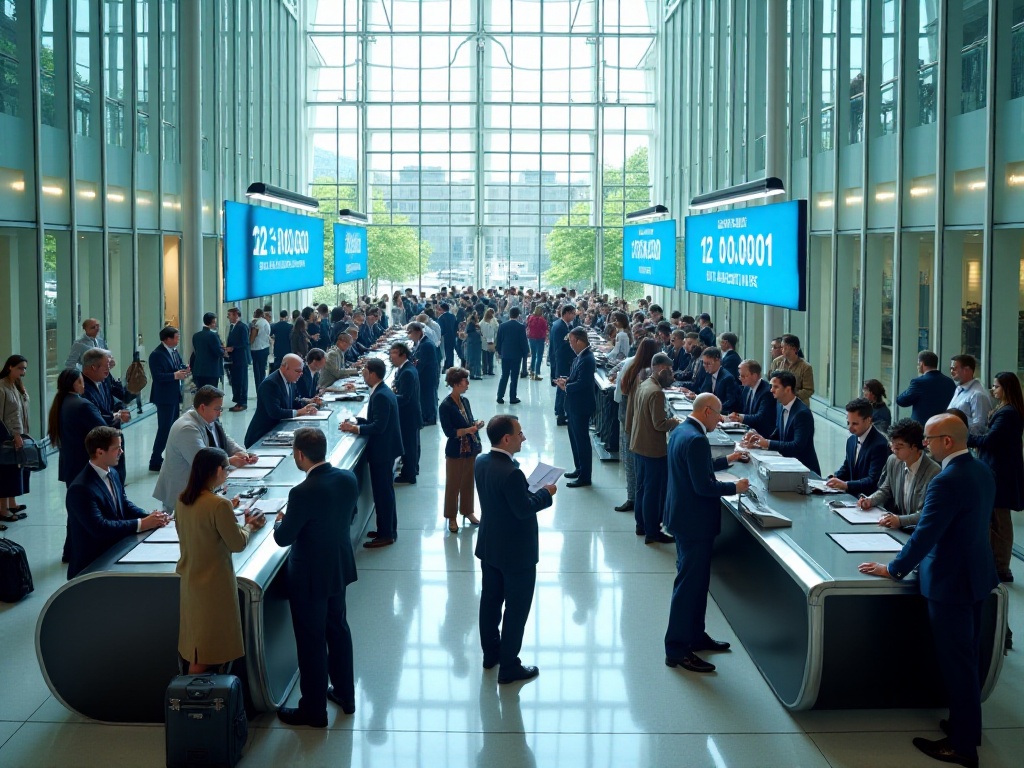
Regarding U.S. visa taboos, there are many, and I need to explain them well to help you avoid mistakes.
The biggest taboo is working in the U.S. Many people think helping at a friend's store temporarily isn't a big deal, but that's naive. I know a student who helped at a friend's restaurant during vacation, was reported, and got their visa cancelled and was deported. This lesson was really painful.
In the U.S., even helping out is considered paid service and falls under illegal work. I know some people think earning pocket money through work isn't serious, but once discovered, the consequences are severe. Not only will you be immediately deported, but you'll also be permanently banned from getting a visa - the price is too high.
Secondly, never plan to give birth in the U.S. This is called "birth tourism" and is explicitly prohibited. In the past couple of years, there have been several cases of pregnant women being denied entry at airports. U.S. customs now scrutinizes pregnant women very strictly, and if suspected of planning to give birth, they'll be deported immediately.
Then there's the issue of studying. Many people think they can take classes with a B1/B2 visa, which is completely wrong. If you want to study in the U.S., even for a three-month language course, you must apply for an F1 student visa. I have a friend who lost their visa status for taking a short course on a tourist visa.
During your stay in the U.S., you must be especially careful to follow local laws. For example, don't drink on the streets or park illegally - these might seem minor in China but can cause trouble in the U.S. I know someone who was fined several hundred dollars just for illegal parking.
Another crucial point is watching your social media comments. U.S. visa applications now require social media account information, so be careful about what you post online. Inappropriate comments could affect your visa application.
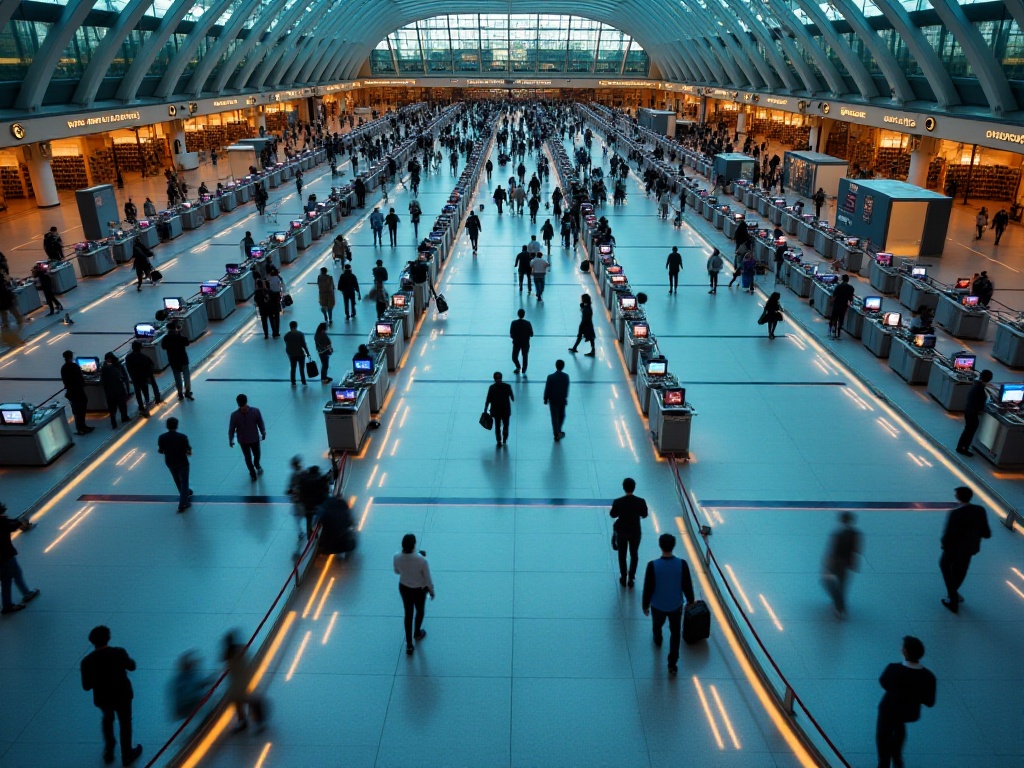
Finally, let me share some particularly useful tips I've gathered over the years.
First is the dress code. For interviews, dress appropriately but not too formally. I've seen people wear three-piece suits to interviews, which seems too deliberate. A simple shirt or casual suit is enough. For women, a proper dress or business suit works well. The key is to look clean and neat, giving a reliable impression.
Interview answering techniques are also important. Officers interview hundreds of applicants daily and don't have time for long stories. So answer questions directly and simply, addressing exactly what's asked without going off-topic. If asked why you're going to the U.S., just say tourism or business meetings, without explaining which attractions you'll visit or what meetings you'll attend.
If your passport has visas from other countries, especially Schengen, UK, Japan, or other developed countries, bring them. These are good bonus points, proving you have international travel experience and always returned on time. During my last interview, the officer specifically looked at my other visas.
Then there's the matter of interview attitude. Stay natural and sincere, neither too nervous nor too confident. I've seen people so nervous they stuttered, and others too arrogant - neither is good. Just treat the officer as a normal person and communicate naturally.
Scheduling interview times also matters. Choose morning times, preferably between 9-11 AM. Officers are most energetic then and likely in better moods. In the afternoon, they might be tired and more strict in their reviews.
Definitely prepare your English speaking skills before the interview. Although many officers now speak Chinese, answering in English shows your language ability, which is a plus. But don't prepare anything too complex - basic self-introduction and answers to common questions are enough.
If unfortunately rejected, don't lose heart. There's no limit to U.S. visa applications, and you can adjust based on the rejection reason and apply again. I know a friend who was rejected first time but passed smoothly the second time after adjusting work and income proof.
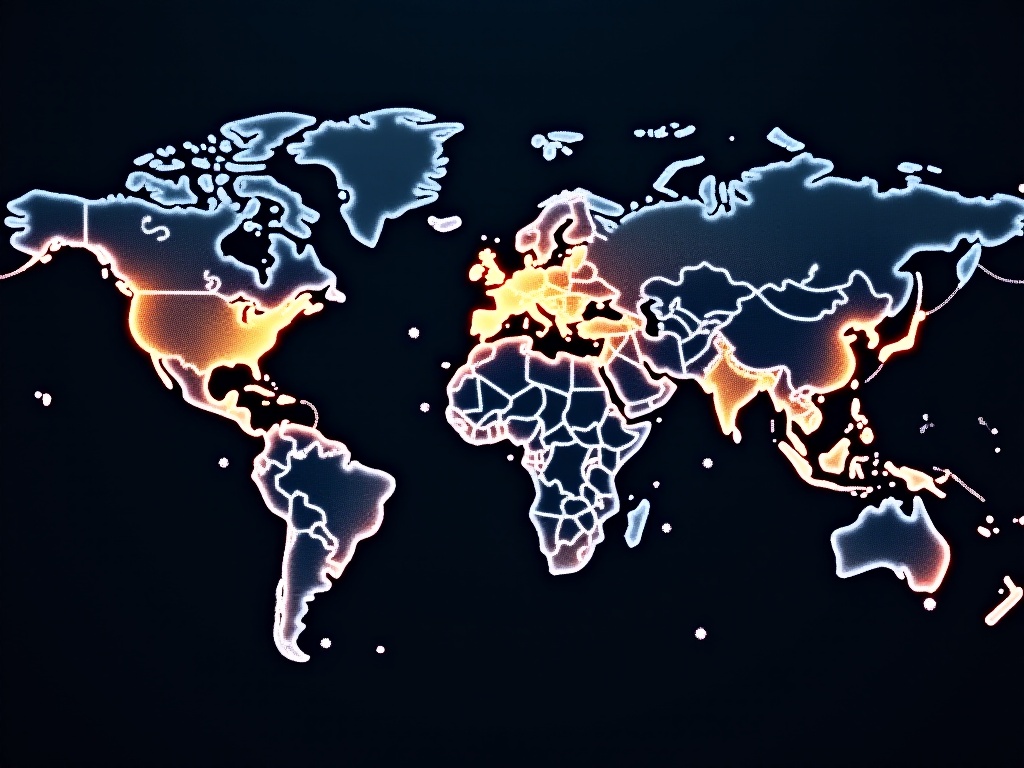
After all this, the most important thing about getting a U.S. visa is being honest and following the rules. Many people try shortcuts or loopholes, only to mess things up. As long as your travel purpose is clear, documentation complete, and social ties stable, getting a U.S. visa isn't actually difficult.
Finally, everyone's situation is different, so application results will vary. My experience and advice are just for reference; prepare according to your actual situation. If you encounter specific problems during application, feel free to discuss. After all, some things you don't really understand until you experience them.
I hope this guide helps you avoid detours, and wish everyone success in getting their U.S. visa! Remember to save this article - you never know when you might need it.
 Previous
Previous
